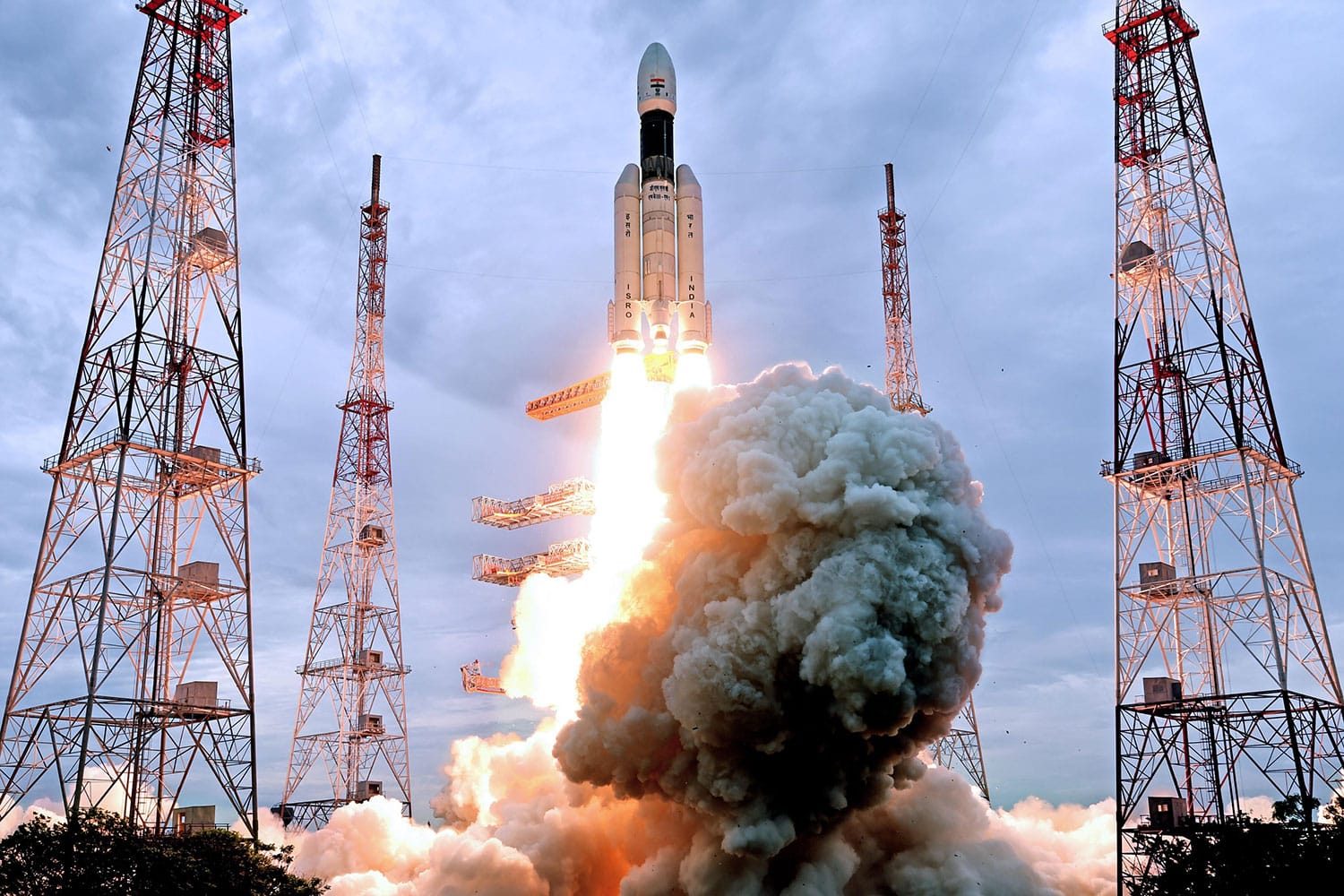India's Chandrayaan-3 gets closer to the Moon's surface area
 Vacation
Vacation India is on its method back to the Moon!
On 14 July 2023, Indian Space Research Organisation (ISRO) effectively introduced its 3rd objective, Chandrayaan-3, to the Moon.
The Launch Vehicle Mark-3 (LVM3) rocket with Chandrayaan-3 spacecraft was taken off from the Satish Dhawan Space Centre in Sriharikota at 2:35 p.m. regional time. About 16 minutes after liftoff, Chandrayaan-3 separated from the LVM3 as prepared and gotten in the Earth's orbit.
On 5 August 2023, ISRO accomplished a Lunar-Orbit Insertion (LOI), effectively positioning the Chandrayaan-3 spacecraft into orbit around the Moon. Simply a day after, on Sunday, the area firm launched the very first pictures of the Moon as taken by Chandrayaan-3 spacecraft. The images reveal craters on the lunar surface area getting bigger and bigger as the spacecraft draws better.
Days after the release of the very first images, on Thursday, they launched 2 more images-- among Earth and another of the Moon-- recorded by a Lander Imager (LI) Camera.
Chandrayaan-3 is now at 1,437 km at Apolune (the farthest point from Moon). Around 16 August, the spacecraft is anticipated to reach a 100 km orbit around the Moon, after which the Propulsion Module will separate from the lander for its landing method.
The objective:
Chandrayaan-3 includes a native propulsion module, a lander module, and a rover. The lander and rover are anticipated to land near the lunar South Pole on 23 August. It intends to securely and carefully arrive on the lunar surface area.
Upon landing, it will run for one lunar day, which is around 14 Earth days.
As soon as on the Moon, Chandrayaan-3 will look for to check out the lunar surface area in terrific information, gather information and carry out a series of clinical experiments for more information about the Moon's structure.
The propulsion module:
The propulsion module brings the lander and rover from injection orbit to 100 km lunar orbit. Weighing 2,148 kg, the box-like structure has one big photovoltaic panel installed on one side and a big cylinder on top that functions as an installing structure for the lander.
The module likewise brings a Spectro-polarimetry of Habitable Planetary Earth (SHAPE) payload to study Earth's spectral and polarimetric measurements from the lunar orbit.
The Chandrayaan-3 lander and rover:
The rover and lander are both comparable in style to those from the Chandrayaan-2 objective. They are anticipated to run for one lunar day (14 Earth days) to study their environments. The solar-powered robotic duo is not anticipated to endure a freezing night on the Moon.
The Chandrayaan-3 lander, 'Vikram,' is box-shaped, with 4 landing legs and 4 landing thrusters of 800 newtons each. It determines 2000 mm x 2000 mm x 1166 mm and weighs 1,752 kg, consisting of the rover.
ISRO has actually included significant enhancements in the lander for the objective. The area company states they have actually updated the lander's software application and carried out various tests to guarantee it carries out well under numerous situations. The legs on the lander have actually been enhanced compared to Chandrayaan-2 to assist it make it through a somewhat high landing speed.
In addition to the rover, the lander brings different clinical instruments to carry out in-site analysis. This consists of Chandra's Surface Thermophysical Experiment (ChaSTE) to determine the thermal conductivity and temperature level of the lunar surface area, the Instrument for Lunar Seismic Activity (ILSA) for determining the seismicity around the landing website, and Langmuir Probe (LP) to approximate the plasma density and its variations.
The six-wheeled rover, Pragyan, determines 917 mm x 750 mm x 397 mm and weighs simply 26 kgs. It is powered by its own small solar selection and assisted by cams to prevent challenges.
The rover is equipped with Alpha Particle X-ray Spectrometer (APXS) to evaluate lunar soil and rocks and a Laser Induced Breakdown Spectroscope (LIBS) to zap its targets and obtain their chemical structure.
LVM3-M4 launch automobile:
India's LVM3 rocket, the nation's heavy lift lorry efficient in putting about 8 metric lots into low-Earth orbit. This is the 4th functional flight of LVM3, which intends to release the Chandrayaan-3 spacecraft to Geo Transfer Orbit (GTO).
If all goes according to the strategy, India will quickly end up being the 4th nation to arrive at the Moon.
Quick advancement and development have actually made area innovation among the most appealing sectors in India for financiers. If all goes according to strategy, the Chandrayaan-3 objective will assist form India's function in future lunar expedition.
Find out more https://www.travelsaverxl.com/indias-chandrayaan-3-gets-closer-to-the-moons-surface-area/?feed_id=23006&_unique_id=64e859267094e
Comments
Post a Comment